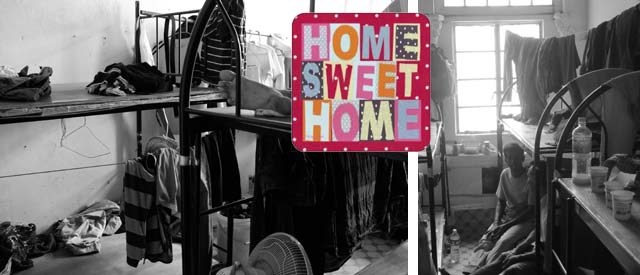
Only 28 percent of injured workers have been offered accommodation by their employer (sometimes, MOM) post-injury. This despite the fact that the law requires employers to provide decent housing while they are in Singapore. Even so, these 28 percent were not in that offered accommodation; they fled for fear of forced repatriation and other pressing reasons.
Of 163 injured workers surveyed, five were sleeping rough. Only one was still living in company housing — without his boss’ knowledge. He had nowhere else to go and the manager was kind enough to help him keep this secret from the boss.
But housing is only one dimension of the quasi-existential crisis facing them. Barred from working by the Ministry of Manpower, stuck here waiting months (often, years) for case resolution, they are all in deep financial trouble too. With minimal command of English and scant understanding of the Work Injury Claim process, even finding solutions is a challenge for the individual.
In this landmark study of injured workers’ housing and living conditions, TWC2 volunteers Balambigai Balakrishnan, Christine Pelly, Debbie Fordyce and Pat Meyer interviewed about 25 percent of the registrants with TWC2’s free meals programme to understand in greater detail their housing conditions. However, the aim of the study was not narrowly confined to this question, but was intended as a wedge to pry open issues related to a basic need such as shelter and bring to light the complexity of the life of an injured worker awaiting compensation. The various issues articulated in the voices of the workers themselves demonstrate the interrelatedness of challenges they face.
As with any study of this nature, there is the hope that the findings will provide the empirical basis for policy considerations regarding the housing of injured migrant workers.
To download the 2013 Housing Conditions Report (in pdf), click this icon: ![]()
